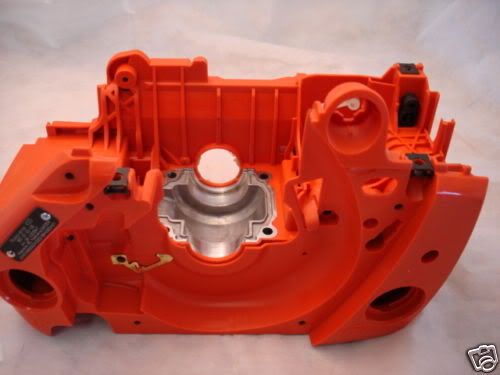vavaroutsos
New Member
Can someone enlighten me on the whole plastic crank case issue? I have looked at a couple of saws that forum members claim have plastic crank cases, but it looks more like a metal crank case and plastic covers to me. Take the Husqvarna 455 Rancher lower crank case for example.

It looks to me like the lower half is all metal around the bearing journals, crank, etc.. The plastic part looks to be molded around it and has bosses for attaching the handle, covers, etc.. So why is this so bad?
~petev

It looks to me like the lower half is all metal around the bearing journals, crank, etc.. The plastic part looks to be molded around it and has bosses for attaching the handle, covers, etc.. So why is this so bad?
~petev
Last edited:













































